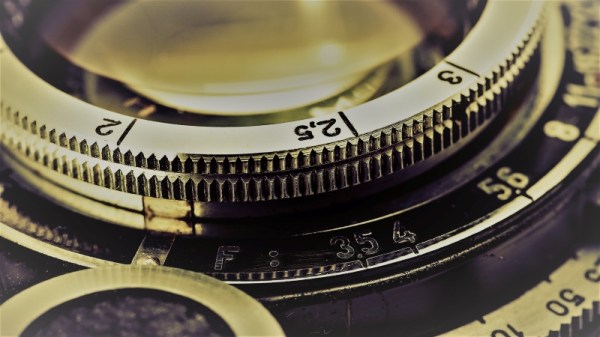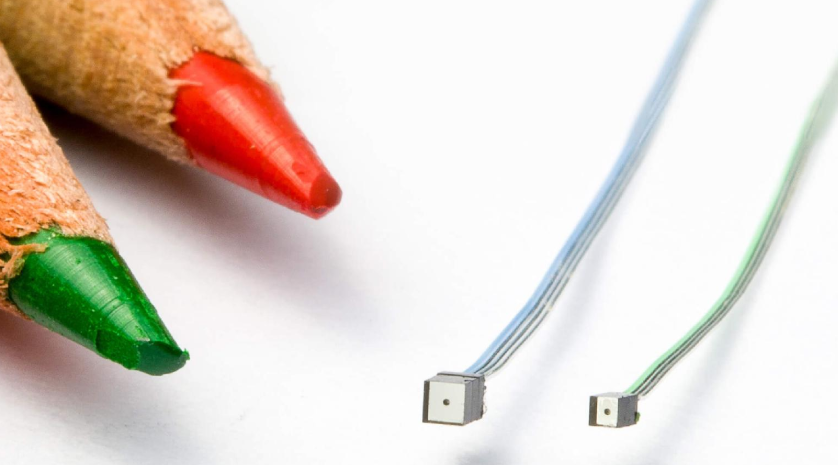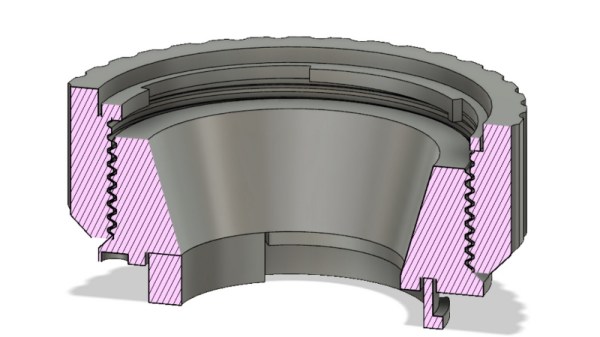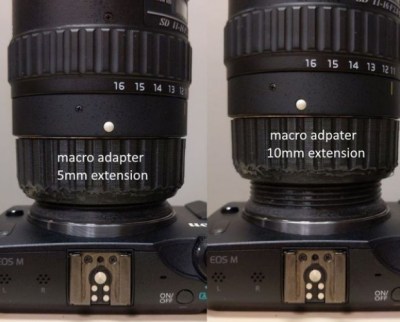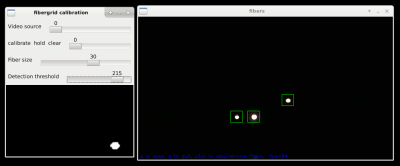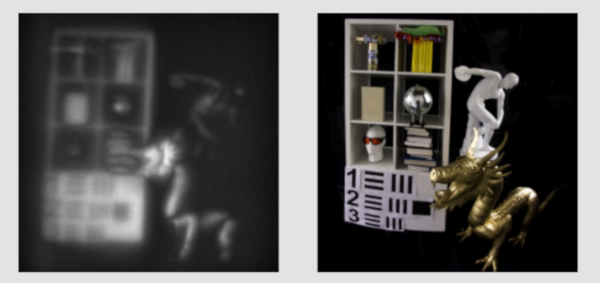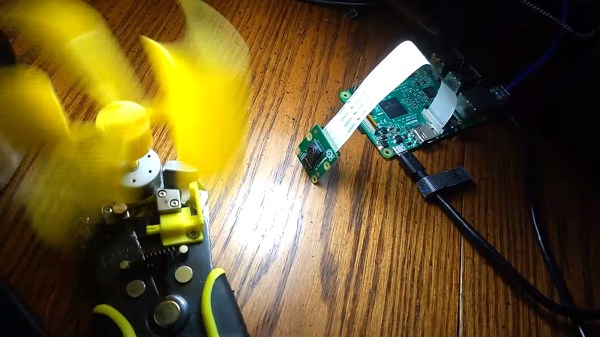Join us on Wednesday, October 2 at noon Pacific for the Alternative Photography Hack Chat with Pierre-Loup Martin!
It seems like the physics of silicon long ago replaced the chemistry of silver as the primary means of creating photographs, to the point where few of us even have film cameras anymore, and home darkrooms are a relic of the deep past. Nobody doubts that the ability to snap a quick photo or even to create a work of photographic genius with a tiny device that fits in your pocket is a wonder of the world, but still, digital photographs can lack some of the soul of film photography.
Recapturing the look of old school photography is a passion for a relatively small group of dedicated photographers, who ply their craft with equipment and chemistries that haven’t been in widespread use for a hundred years. The tools of this specialty trade are hard to come by commercially, so practitioners of alternate photographic processes are by definition hackers, making current equipment bend to the old ways. Pierre-Loup is one such artist, working with collodion plates, hacked large-format cameras, pinholes camera, and chemicals and processes galore – anything that lets him capture a unique image. His photographs are eerie, with analog imperfections that Photoshop would have a hard time creating.
Join us as Pierre-Loup takes us on a tour through the world of alternative photography. We’ll look at the different chemistries used in alternative photography, the reasons why anyone would want to try it, and the equipment needed to pull it off. Photography was always a hack, until it wasn’t; Pierre-Loup will show us how he’s trying to put some soul back into it.
 Our Hack Chats are live community events in the Hackaday.io Hack Chat group messaging. This week we’ll be sitting down on Wednesday, October 2 at 12:00 PM Pacific time. If time zones have got you down, we have a handy time zone converter.
Our Hack Chats are live community events in the Hackaday.io Hack Chat group messaging. This week we’ll be sitting down on Wednesday, October 2 at 12:00 PM Pacific time. If time zones have got you down, we have a handy time zone converter.
Click that speech bubble to the right, and you’ll be taken directly to the Hack Chat group on Hackaday.io. You don’t have to wait until Wednesday; join whenever you want and you can see what the community is talking about.

